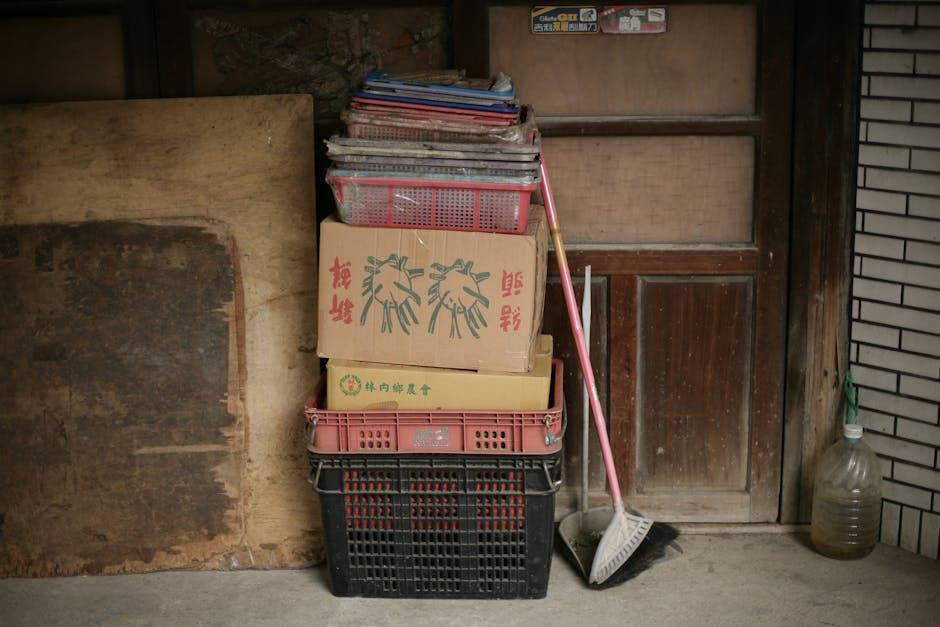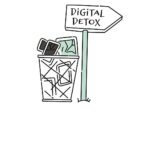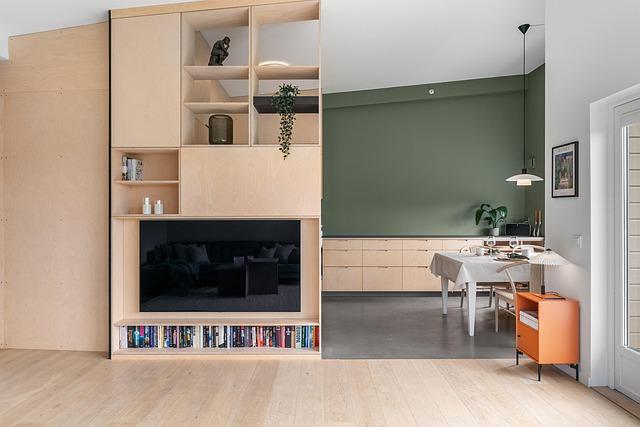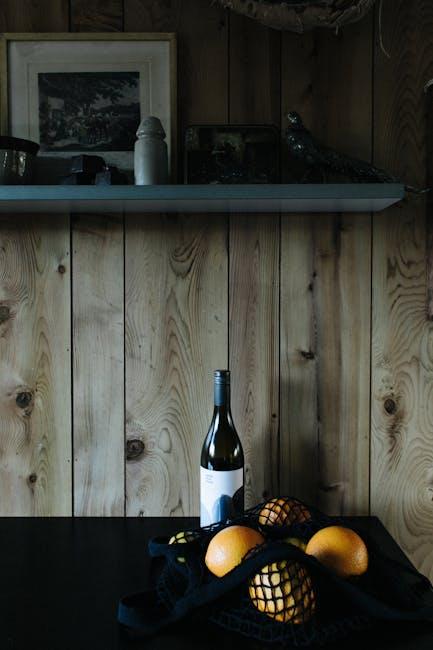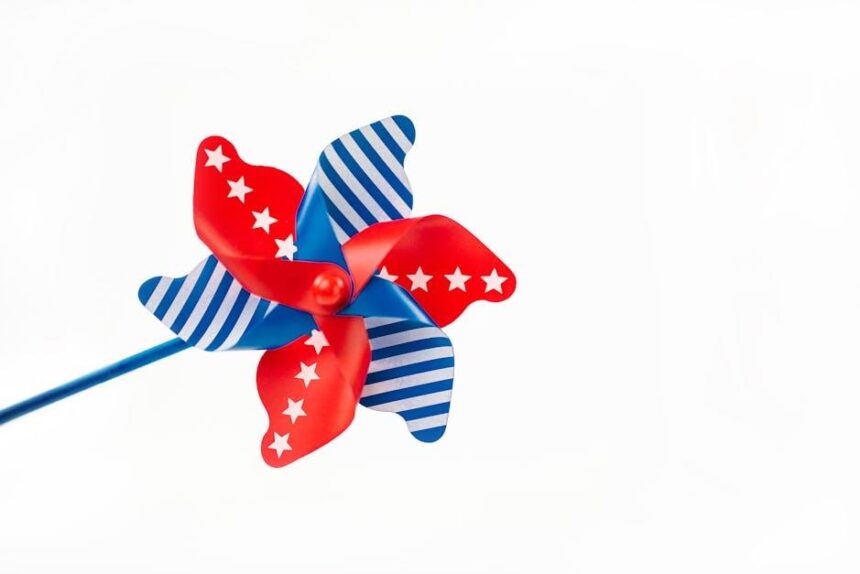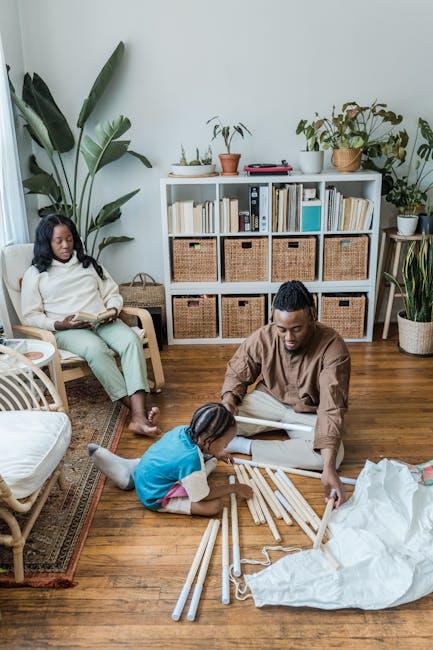In a world where sustainability meets ingenuity, the humble household item takes on new life far beyond its original purpose. From forgotten knick-knacks to everyday essentials, creative reuse unlocks a treasure trove of possibilities that can refresh your space, save money, and reduce waste-all while giving your imagination free rein. Whether you’re a seasoned DIY enthusiast or simply curious about making the most of what you have, exploring inventive ways to repurpose common objects opens the door to a world where creativity and practicality effortlessly intertwine. Welcome to a journey of transformation, where the ordinary becomes extraordinary with a touch of resourcefulness.
Transforming Kitchen Scraps into Functional Home Accessories
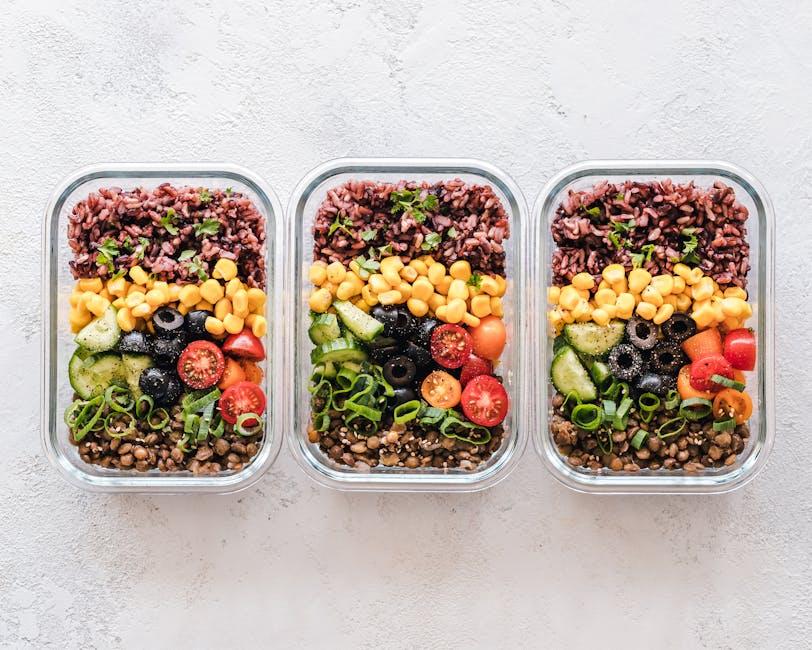
Don’t toss those kitchen scraps just yet-your ordinary leftovers can become extraordinary additions to your living space. For instance, dried citrus peels can be transformed into fragrant sachets or decorative garlands, adding a burst of natural scent and color. Coffee grounds, often discarded, serve as a fantastic abrasive scrub for cleaning pots or can be dried and sealed as a natural deodorizer for your shoes or fridge. Even eggshells offer unexpected utility; crushed finely, they make excellent seed starters or can be used to naturally sharpen garden tools.
Get creative with these simple hacks using everyday scraps:
- Onion skins: Perfect for creating a rich, organic dye for fabric or paper crafts.
- Vegetable stems: Use as unique plant markers by painting and labeling them.
- Leftover herbs: Dry and encase in wax to craft aromatic candles.
| Kitchen Scrap | Creative Use | Benefit |
|---|---|---|
| Citrus Peels | Natural air fresheners | Eco-friendly fragrance |
| Eggshells | Seed starters | Biodegradable planters |
| Coffee Grounds | Deodorizer | Reduces waste, freshens space |
Reviving Old Textiles for Stylish and Sustainable Decor

Old textiles can become a treasure trove of inspiration when it comes to crafting unique home accents that tell a story. Consider transforming faded curtains, worn-out shirts, or surplus fabric scraps into eye-catching pillow covers, patchwork throws, or even chic wall hangings. The tactile appeal of varied textures combined with unexpected color palettes breathes new life into spaces, creating a blend of nostalgia and contemporary style. This approach not only celebrates sustainability but also offers a personalized touch that mass-produced decor can rarely achieve.
To maximize these creative endeavors, here are some innovative ideas to experiment with:
- Fabric-wrapped storage boxes: Upgrade plain containers by wrapping them in vibrant textile strips.
- Rag rugs and mats: Braid or knot old fabric pieces for cozy, eco-friendly floor coverings.
- Decorative fabric bunting: Cut and sew patterns into festive banners perfect for indoor celebrations or everyday cheer.
| Textile Type | Creative Use | Style Appeal |
|---|---|---|
| Linen | Elegant cushion covers | Soft, natural minimalism |
| Denim | Durable storage baskets | Casual, rugged charm |
| Silk | Delicate lamp shades | Luxurious, shimmering glow |
| Cotton | Patchwork quilts | Cozy, homey warmth |
Innovative Storage Solutions Using Everyday Containers

Everyday containers like mason jars, shoe boxes, and old tins offer untapped potential for organizing your spaces efficiently and stylishly. Mason jars can be transformed into charming desk organizers; fill them with pens, brushes, or even small succulents to create an eye-catching yet practical display. Meanwhile, shoe boxes are perfect for categorizing papers, cables, or craft supplies-customize them with decorative paper or fabric to add a personal touch. When repurposed, these containers don’t just reduce clutter; they bring character and sustainability into your home environment.
Another clever approach involves using kitchen containers for unexpected storage needs. Old spice racks or tea tins can be repurposed to house screws, buttons, and other tiny items, converting chaos into order with minimal effort. Below is a quick guide to reimagining some common household containers and their best uses:
| Container | Storage Idea | Best For |
|---|---|---|
| Mason Jars | Desk Organizers | Stationery, Plants |
| Shoe Boxes | Document Sorting | Receipts, Photos |
| Tea Tins | Tiny Item Containers | Buttons, Screws |
| Plastic Food Containers | Snack Storage or Craft Organizers | Snacks, Beads |
- Label everything: Add clear labels for easier identification.
- Stack smartly: Use uniform container sizes for neat stacking.
- Mix function with style: Paint or decorate containers to complement your décor.
Eco-Friendly Gardening Tips with Recycled Household Materials
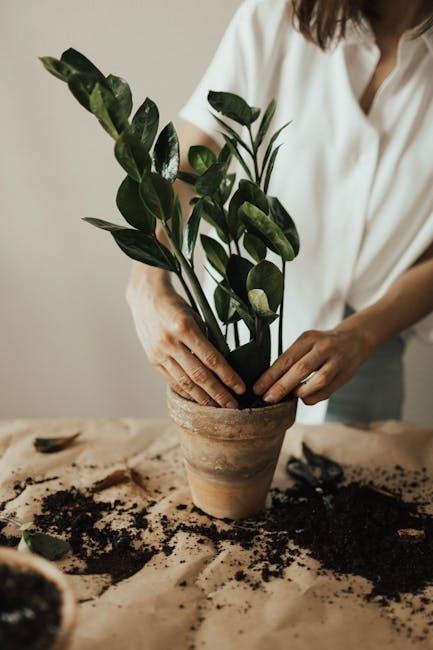
Transform your garden into a sustainable sanctuary by repurposing everyday household items. Old wooden crates, for instance, can be revitalized as charming planters or herb boxes, providing a rustic touch while reducing waste. Broken ceramic dishes or teacups can be turned into whimsical mini succulent pots, infusing personality into your green space. Even worn-out kitchen utensils like forks and spoons can be bent and used as plant markers, giving a quirky, personalized flair to your seedling rows. Using these recycled materials not only cuts down on costly garden accessories but also adds a unique, eco-friendly vibe to your outdoor area.
- Plastic milk jugs make excellent self-watering containers when cut and inverted.
- Egg cartons are perfect biodegradable seed starters that can be planted directly into soil.
- Old tires painted with vibrant colors can serve as cheerful raised beds or vertical garden bases.
To help you organize your sustainable gardening efforts, here’s a quick guide summarizing practical recycling ideas and how they contribute to garden health:
| Household Item | Recycled Use | Garden Benefit |
|---|---|---|
| Glass Jars | Mini greenhouses for seedlings | Retain moisture and warmth for better sprouting |
| Old T-Shirts | Plant tie straps | Gentle support without damaging stems |
| Newspapers | Weed barrier beneath mulch | Suppresses weeds and decomposes naturally |
Wrapping Up
As we journey through the ordinary, discovering new life in the familiar, it becomes clear that creativity knows no bounds-especially within the walls of our own homes. Reimagining household items not only breathes fresh purpose into the overlooked but also sparks a mindful approach to consumption. So next time you glance at an empty jar, a worn-out tee, or a forgotten drawer full of odds and ends, remember: in the small moments of reuse, big stories of ingenuity and sustainability quietly unfold. The ordinary is waiting to be extraordinary-if only we dare to see it that way.
